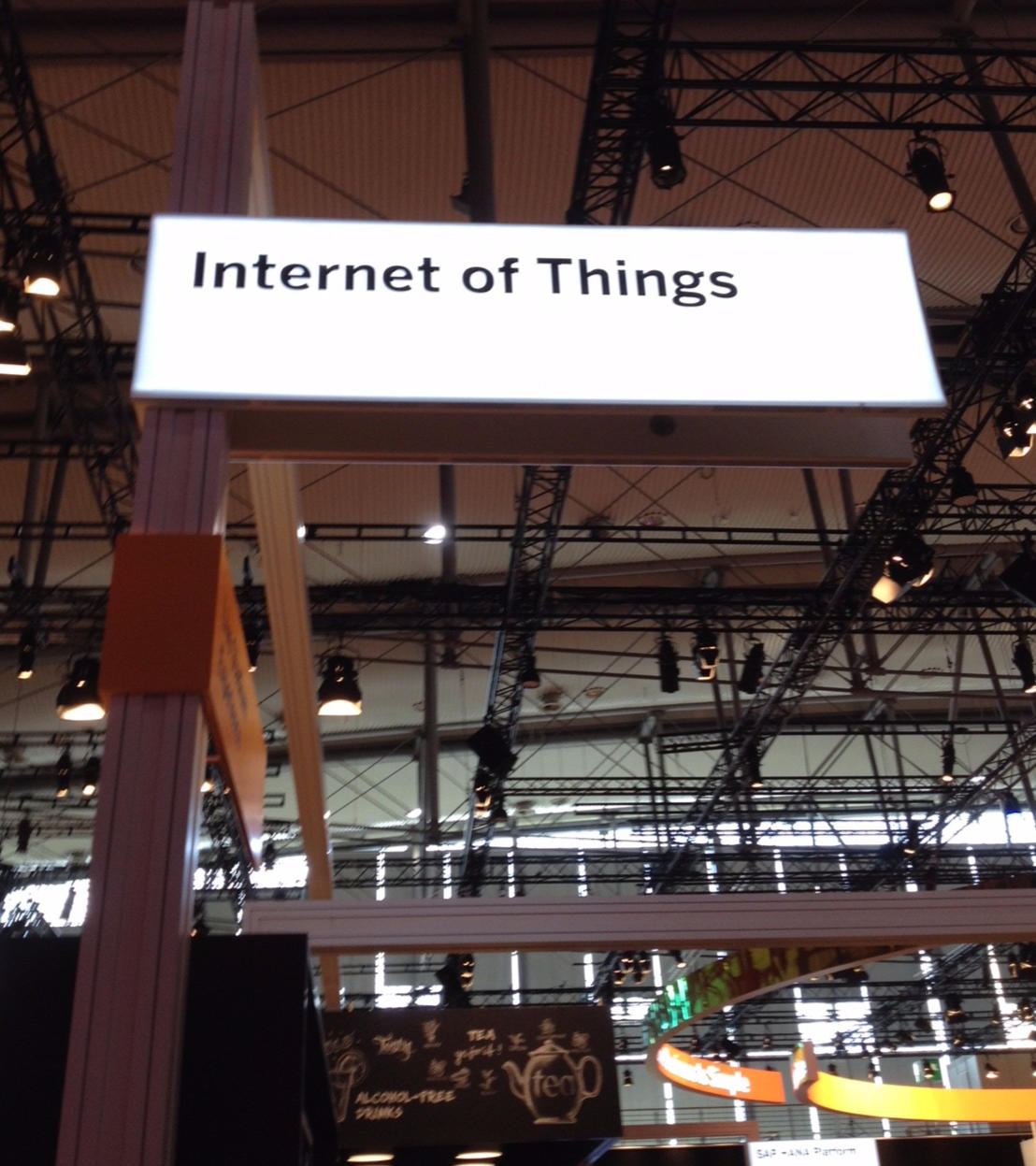Source: analyticsinsight.net
Companies today have to be strongly focused on customer service if they want to succeed in competitive markets. There is nothing new about this, but the addition of the Internet of Things (IoT) has had a huge impact on customer service in recent years. Increased connectivity leads to higher customer expectations, thereby enhancing demand for companies to meet these expectations. According to research, 42% of industries are spending more than $3 million annually on average on IoT, for instance, Charter Communications has recently invested in IoT to ensure that Spectrum internet customer service provides a smoother experience for the users. Here are some impacts expected from the development of the Internet of Things on customer care.
Customer service will become more Complex
The Internet of things will complicate customer service, starting with those companies that offer services of the IoT. Telecoms will also need to understand how the customer will best make use of the service, how the customer uses other IoT devices at home or in the office, and how products of the company interact with other products overlap.
Here’s how the field could look. Assume a malfunction of a wired thermostat device. Not only does this malfunction influence the thermostat, but also the HVAC system of the consumer and eventually the safety of the consumer at home. This small problem of software leads to a major problem in customer service, showing the complexity of our interlinked world.
Making Customer Service Smarter
In the customer service world, data is one of the advantages of the IoT. The information on these customers is constantly being collected from all these connected devices and technologies. Using this knowledge correctly, you can use data more easily for your clients and give the business an overview of what the consumers desire and how they utilize the services that you offer. You will see higher consumer loyalty as you use this data to deliver value-added offerings on the goods and services, currently delivered to the consumers. Diego Tamburini calls this “the secret sauce” that could boost your marketing efforts.
This kind of data gathering and processing has tremendous possible implications as more items are linked or equipped with sensors. Companies will be able to draw lessons about their products’ past uses on the manufacturing side and plan to improve future product models, to meet better customer requirements. The system is just as good as this, when a component of a device fails, a supplier will use the sensors to submit a new portion, or arrange a repair procedure appointment, to fix this component before it fails. Customers should also maintain predictive servicing of operating goods and this goes far further to improving the perspective of the customer on the commodity offered by an undertaking.
Automation of some areas
Automation is one of the major advantages of the Internet of Things, which is the same in many ways as it applies to customer support. Systems that can track and control connected devices in an IoT system and provide a dashboard for problem-solving are created. This can remove a human intervention layer and protect the contact center in situations, in which genuine intervention is required.
Tim Wilson from near Shore America identifies this as a big benefit, but still a responsibility for new customer support. He says that computers will be the first move in problem-solving if people cannot solve the issue. He warns, “Agents must step up to the table.” This also means that customer care personnel will respond to the data gathered on the IoT devices and contact the consumer if automatic systems cannot fix the issue.
Improved Security
Consumers are, understandably, very defensive of their details and it is necessary for mass implementation of IoT to maintain the highest degree of protection. There have been cases in the past where hackers have also stolen wired toys and devices. Companies need to focus on protecting users from external users seeking unauthorized access to their IoT devices – otherwise, customer services and brand backlash will occur.
Conclusion
How is IoT evolution in the field of customer service going to change? It will bring more expectations that can be met with more automation. It will still complicate the environment a little bit, but it will still assist with the increased data. All and all, once such resources are utilized properly, businesses will have more opportunities to find meeting their consumer requirements. The Internet of Things has been a real game-changer for customer engagement – robust infrastructure and a progressively technically savvy populace, combined with heavy rivalry and that consumer demands in most markets indicate that IoT-enabled companies are expected to enjoy the benefits of improved customer satisfaction and higher profits.


